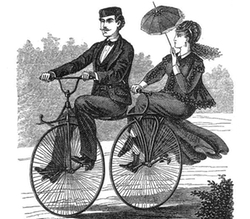Instrumental Variable Methods for Conditional Effects and Causal Interaction in Voter Mobilization Experiments
Journal of the American Statistical Association, Vol. 112, No. 518 (2017): 590-599
In democratic countries, voting is one of the most important ways for citizens to influence policy and hold their representative accountable. And yet, in the United States and many other countries, rates of voter turnout are alarmingly low. Every election cycle, mobilization efforts encourage citizens to vote and ensure that elections reflect the true will of the people. To establish the most effective way of encouraging voter turnout, this paper seeks to differentiate between (1) the \emph{synergy hypothesis} that multiple instances of voter contact increase the effectiveness of a single form of contact, and (2) the \emph{backlash hypothesis} that multiple instances of contact are less effective or even counterproductive. Remarkably, previous studies have been unable to compare these hypotheses because extant approaches to analyzing experiments with noncompliance cannot speak to questions of causal interaction. I resolve this impasse by extending the traditional instrumental variables framework to accommodate multiple treatment-instrument pairs, which allows for the estimation of conditional and interaction effects to adjudicate between synergy and backlash. The analysis of two voter mobilization field experiments provides the first evidence of backlash to follow-up contact and a cautionary tale about experimental design for these quantities.